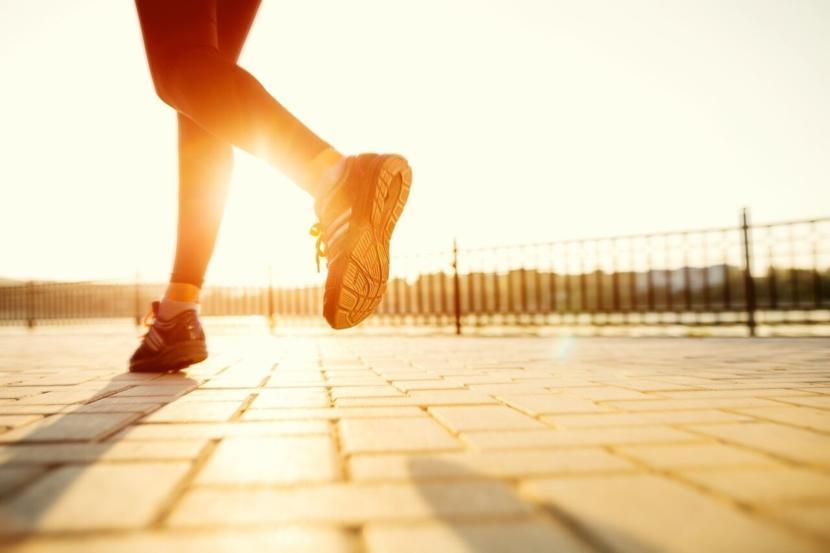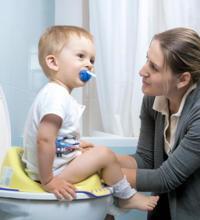How to Prevent Varicose Veins

Although spider veins and varicose veins do not seem to bother the majority, they can lead to pain and can result in skin ulcers in severe cases. Although you cannot keep varicose veins away totally, there are certain things you can practice to lower the risk of developing them.
Factors That Contribute to Varicose Veins
Certain individuals have a higher risk of getting varicose veins than others. You will be in a better position to adopt a healthy lifestyle if you have knowledge on the risk factors. It is best to visit your doctor if you have a number of risk factors, so you can get advice on how to manage them.
- Age - this is a major factor when it comes to varicose veins. Your veins lose elasticity with age. The veins' valves become unable to properly function and as a result, varicose veins occur.
- Gender - females have higher chances of getting varicose veins. The reason for this can be attributed to the alterations of hormones that normally occur during pregnancy and menopause.
- Family history - You may be more susceptible to varicose veins if there is a history in your family of the same condition. You also are more prone to varicose veins if your vein valves were weak at the time of birth.
- Obesity - if you weigh more than you should, you will be putting your veins under pressure. Varicose veins can result from this.
- Immobility - you will have increased chances of getting varicose veins if you sit or stand for prolonged periods. Being in one position for a long time exerts a lot of pressure on your veins to pump blood to the heart.
- Trauma of the leg - you will be more prone to varicose veins if you have suffered from injuries or trauma like blood clots.
Maintain a Healthy Weight
If you are overweight, you will be exerting a lot of pressure to the circulatory system and your legs. You can lower this risk by trying to shed some weight.
Adopt a Healthy Lifestyle
You should keep off foods containing low nutrition values and high calories. Ensure your food is rich in fiber. According to studies, varicose veins are related to diets with low fiber content. Eating foods with high fiber will assist in minimizing cholesterol and can bring down your blood pressure.
Keep off added salts as much as possible. You can ease varicose veins' swelling by lowering your consumption of salt. This can also minimize water retention of your body.
Regular Exercise
To enhance the circulation of blood in your legs, it is important to jog and walk, since good circulation will keep off varicose veins and ease the already existing ones. Your blood pressure will be lowered by exercising and your whole circulatory system will become stronger.
Varicose veins can also be prevented by running since it enhances blood circulation in the legs.
Stop Smoking
Smoking can lead to a lot of health complications. According to studies, if your blood pressure is as a result of smoking, you will likely have varicose veins. You can also suffer from “lower limb venous insufficiency” if you are a smoker.
Avoid Standing For a Long Time
Venous pressure in your feet and legs is increased if you stand in one position for a prolonged period. As time goes by, the walls of your blood vessels will be weakened by this pressure. This leads to formation of varicose veins.
Putting on Compression Stockings
Regular use of compression stockings is recommended if you have varicose veins. You can get these at pharmacies or medical supply stores and there is a wide variety to choose from. Before using these stockings, check with your doctor.
When to See the Doctor
Although majority of varicose veins are not severe, they can at times cause complications that need medical assistance. Visit your GP if you have any of the below:
- Unexpected leg swelling
- Warmth or redness near the vein
- Change in color and thickness of the skin
- Bleeding around or on the varicose vein
- A lump that is tender in the leg
- Open ulcers or sores









